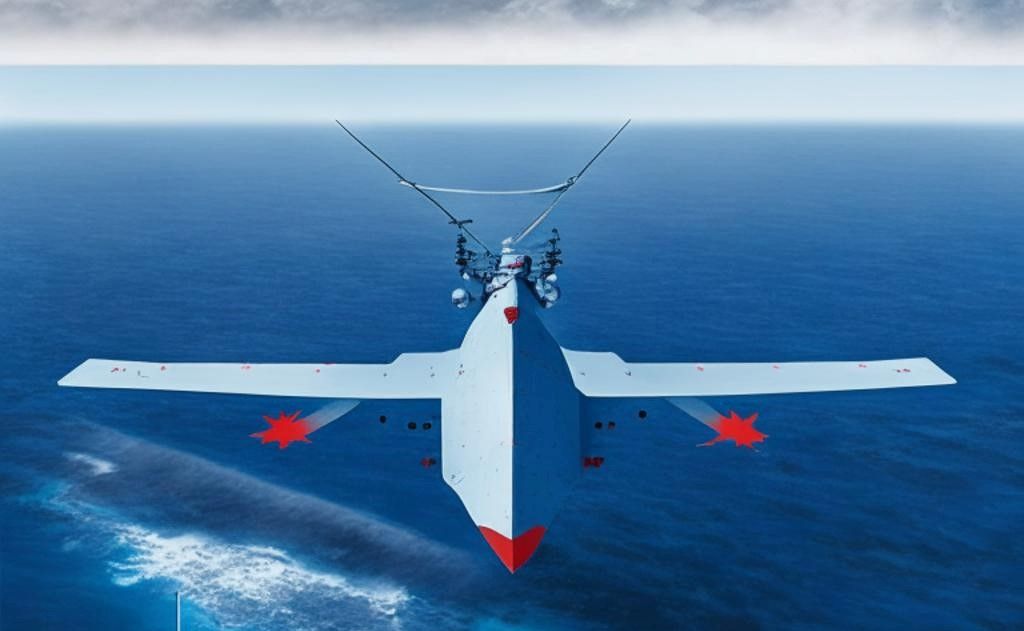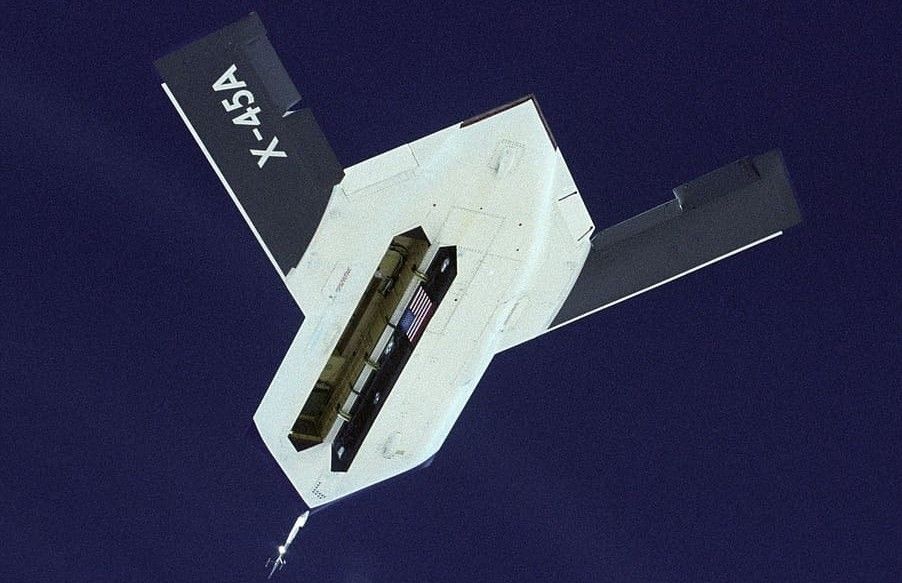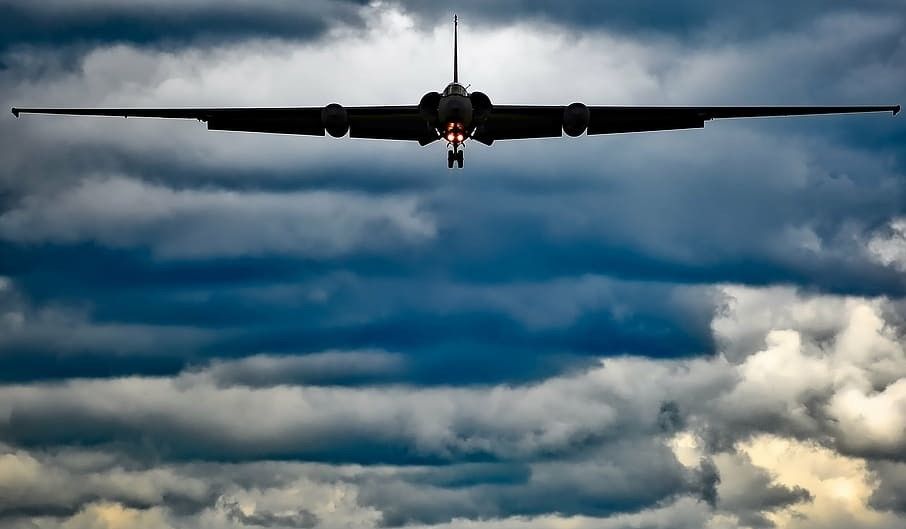China’s Secret Supersonic High-Altitude Spy Drone
The future of drone technology is very high and very fast.

The importance of drones as a reconnaissance tool has been known since they were first deployed to track Taliban insurgents in Afghanistan.
Since then, their role in surveillance has expanded to assist advanced jet fighters in finding targets (such as the US Wingman project) as well as in naval operations (where uncrewed drone ships are used to find submarines or function as torpedo decoys). In civilian environments, they have been widely adapted as an ‘eye in the sky’ for warehouse security or for police intelligence in crowds and riots.

But the latest adaptation for drones has been made by the Chinese military who are readying a supersonic, high-altitude spy drone.
The news comes from a report in the Washington Post which claims that a, “[leaked] secret document from the National Geospatial-Intelligence Agency … shows the Chinese military is making technological advances that could help it target American warships around Taiwan and military bases in the region.” Adding that the document features, “… satellite imagery dated Aug. 9 that shows two WZ-8 rocket-propelled reconnaissance drones at an air base in eastern China, about 350 miles (560km) inland from Shanghai.”
The drone had already been on display at the 2019 Chinese Communist Party’s 70th anniversary but was believed to be non-operational at the time. But this latest data leak via the Discord messaging app, identifies where the twin-engine H6-M Badger bomber plane would take off and its potential flight path to a location just off China's east coast where it would release the stealth drone. The drone could then fly into Taiwanese or South Korean airspace at a height of 100,000 feet (higher than the cruising altitude of commercial airliners) and at a speed of three times the speed of sound.

The documents also state that the high-altitude spy drone will be equipped with a range of sensors and cameras that can capture high-resolution images and video footage. This will allow China to monitor military installations, naval vessels, and even civilian infrastructure from a great distance.
The drone may also be equipped with advanced encryption technology, which will be problematic for the US military to intercept and decode the data that is transmitted from the drone. The drone may also be equipped with advanced countermeasures that combine with its maximum flying ceiling of 30,000m to make it difficult to shoot down.
Although the document does not specify how the drone is powered, it does state that its “engine features are primarily associated with rocket fuel.”
“It is difficult to detect and intercept,” explains Chi Li-pin, director of the aeronautical systems research division at the National Chung-Shan Institute of Science and Technology, Taiwan’s military-run weapons developer. “The existing U.S. air-to-air weapons aren’t good enough.”

The ability to cover large areas in a short amount of time and without detection could make it significantly harder for other countries to defend against Chinese military operations. It could also provide a significant boost to Chinese naval and air forces, as the drone's capabilities could aid in tracking and targeting enemy ships and aircraft.
The deployment of a Chinese supersonic spy drone has the potential to significantly alter global military strategy and geopolitics. With its advanced capabilities, this drone can collect intelligence and reconnaissance information at an unprecedented level and with greater stealth and efficiency than traditional spy planes. This could give Beijing a competitive edge in negotiations and potentially shift the balance of power. It could also lead to increased tensions with nations that may perceive this advancement as a security threat and will add to the current pressures of the drone arms race.
Photo credit: Gencraft, pxfuel, Maria Baranova on Unsplash, & pxfuel

